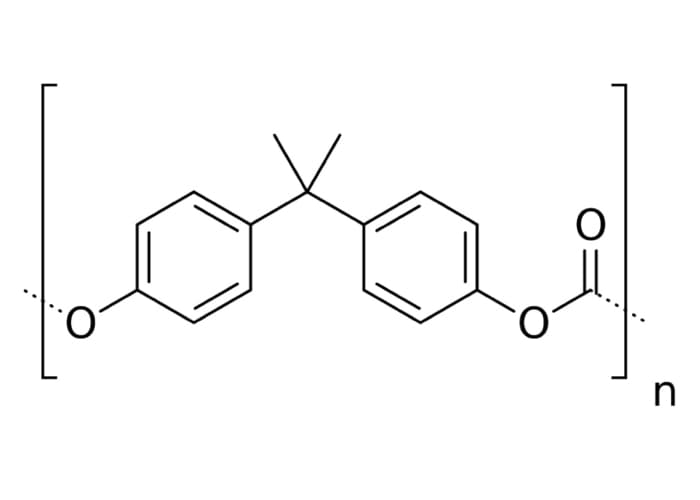¿Qué es el policarbonato? El policarbonato es un grupo de polímeros termoplásticos fabricados por la condensación de ácido carbónico y bisfenol A (BPA).
El policarbonato no solo es un plástico, sino que también es conocido como uno de los plásticos más transparentes, Sí. También es conocido como uno de los plásticos más transparentes, con un índice de transmisión de la luz visible del 85%~88% en láminas transparentes, comparable al del vidrio flotado transparente, que es del %~92%.
Las láminas de policarbonato combinan una plétora de increíbles propiedades mecánicas y térmicas que vamos a nombrar algunas en este artículo.
¿Qué es el policarbonato y es el policarbonato un plástico?
El policarbonato no sólo es un plástico, sino que también es conocido como uno de los plásticos más transparentes, con un índice de transmisión de la luz visible del 85%~88% en láminas transparentes, comparable al del vidrio flotado transparente, que es del %~92%.
No fue hasta mediados del siglo XX, hacia 1953, cuando el policarbonato fue descubierto simultáneamente por GE (US) y Bayer (DE) con los nombres comerciales de Lexan® y Makrolon® respectivamente.
Mientras que la mayoría de los materiales plásticos se vuelven translúcidos o incluso opacos tras un poco de coloración, el policarbonato puede diseñarse para mantener la transparencia a la luz visible o volverse opaco, conservando sus propiedades físicas originales, lo que lo convierte en un excelente material para claraboyas, por ejemplo.
Lo que nos lleva a la siguiente pregunta: ¿Es el policarbonato un plástico?
Científicamente hablando, el policarbonato es un grupo de polímeros termoplásticos producidos por la reacción del bisfenol A (BPA) y el fosgeno (COCl2). Combina una plétora de asombrosas propiedades mecánicas y térmicas de las que vamos a nombrar algunas.
| Physical properties | |
| Density (ρ) | 1.20–1.22 g/cm3 |
| Abbe number (V) | 34.0 |
| Refractive index (n) | 1.584–1.586 |
| Flammability | V0-V2 |
| Limiting oxygen index | 25–27% |
| Water absorption — Equilibrium (ASTM) | 0.16–0.35% |
| Water absorption — over 24 hours | 0.1% |
| Radiation resistance | Fair |
| Ultraviolet (1–380 nm)resistance | Fair |
| Mechanical properties | |
| Young’s modulus (E) | 2.0–2.4 GPa |
| Tensile strength (σt) | 55–75 MPa |
| Elongation (ε) at break | 80–150% |
| Compressive strength (σc) | >80 MPa |
| Poisson’s ratio (ν) | 0.37 |
| Hardness—Rockwell | M70 |
| Izod impact strength | 600–850 J/m |
| Notch test | 20–35 kJ/m2 |
| Abrasive resistance ASTM D1044 | 10–15 mg/1000 cycles |
| Coefficient of friction (μ) | 0.31 |
| Speed of sound | 2270 m/s |
| Thermal properties | |
| Glass transition temperature (Tg) | 147 °C (297 °F) |
| Heat deflection temperature | 0.45 MPa: 140 °C (284 °F) 1.8 MPa: 128–138 °C (262–280 °F) |
| Vicat softening point at 50 N | 145–150 °C (293–302 °F) |
| Upper working temperature | 115–130 °C (239–266 °F) |
| Lower working temperature | −40 °C (−40 °F) |
| Thermal conductivity (k) at 23 °C | 0.19–0.22 W/(m·K) |
| Thermal diffusivity (a) at 25 °C | 0.144 mm²/s |
| Linear thermal expansion coefficient (α) | 65–70 × 10−6/K |
| Specific heat capacity (c) | 1.2–1.3 kJ/(kg·K) |
| Chemical resistance | |
| Acids—concentrated | Poor |
| Acids—dilute | Good |
| Alcohols | Good |
| Alkalis | Good-poor |
| Aromatic hydrocarbons | Poor |
| Greases and oils | Good-fair |
| Halogenated hydrocarbons | Good-poor |
| Halogens | Poor |
| Ketones | Poor |
Principales características y propiedades del policarbonato.
Debido a sus propiedades, el policarbonato se considera un material muy duradero, que suele compararse con el PMMA, o acrílico; aunque el policarbonato es más resistente, no se rompe y aguanta más tiempo a temperaturas extremas, al tiempo que conserva su claridad, con mejores índices de transmisión de la luz que muchos tipos de vidrio.
El policarbonato también es capaz de someterse a grandes deformaciones, flexión de frenos y procesos de conformado a temperatura ambiente sin agrietarse ni romperse. Según el grosor, también puede doblarse en ángulos agudos o radios estrechos sin necesidad de calentamiento.
Su menor peso (1/3 del acrílico y 1/6 del vidrio) y versatilidad facilitan su manipulación e instalación, y sus cualidades inastillables lo convierten en el material preferido para cubrir zonas como pasos de peatones o claraboyas, donde la seguridad es prioritaria.
Resistencia al impacto extremadamente alta
Casi irrompibles, las planchas de PC VULCAN tienen una resistencia al impacto 250 veces superior a la del vidrio y 10 veces superior a la del PRFV y el acrílico, lo que reduce el riesgo de rotura incluso cuando se someten a golpes violentos con objetos pesados.
Gran resistencia al cambio climático
Utilizando agentes absorbentes de UV (benzotriazoles) como revestimiento superficial, las planchas de PC VULCAN están protegidas contra la pérdida de claridad debida al amarilleamiento causado por el calor extremo y la luz solar. Las planchas de policarbonato VULCAN sólo utilizan estabilizadores de luz y UV Avient CESA Light, que absorben el 99,5% de las dañinas longitudes de onda UV entre 290~400 nm.
Flexibilidad de diseño
Las planchas de policarbonato VULCAN pueden adaptarse para proporcionar una transmisión óptima de la luz (que oscila entre el 20% y el 88%), lo que permite al diseñador crear interesantes soluciones para interiores iluminados de forma natural. Nuestras planchas también pueden moldearse en frío o termoformarse según la forma y las especificaciones deseadas.
Ignífugo
Una de las características clave de este alto polímero es su excelente resistencia a la llama y estabilidad al calor, lo que lo convierte en una opción adecuada en zonas secas y caldeadas, y también es una buena elección para acristalamientos domésticos e industriales.
Resistencia química
El policarbonato presenta buena resistencia química frente a ácidos diluidos, hidrocarburos alifáticos y alcoholes; resistencia química moderada frente a aceites y grasas. El PC es atacado fácilmente por álcalis diluidos, hidrocarburos aromáticos y halogenados.
Ahorro de energía
VULCAN láminas de policarbonato pueden fabricarse con una amplia gama de materiales propios que tienen mejores propiedades de aislamiento térmico que otros materiales de acristalamiento que transmiten la luz, como el Perspex/PMMA, el Acrílico, el FRP y el Vidrio, lo que convierte al PC en la primera opción para construcciones que transmiten la luz con eficiencia energética. Estas propiedades suponen un enorme ahorro de energía (al reducir la carga del aire acondicionado), lo que se traduce en un enorme ahorro de costes (en términos de capital inicial -menor tonelaje y coste necesario- y recurrente -debido al menor consumo de energía-).
Facilidad de manejo e instalación
El peso ligero de las planchas de PC VULCAN facilita su manipulación y pueden cortarse a medida en la obra con un mínimo de herramientas. Un peso más ligero también elimina la necesidad de pesadas estructuras de soporte, lo que significa un coste reducido.
¿Dónde se puede utilizar el Policarbonato?
Ahora que ya sabemos qué es el policarbonato, es hora de saber dónde se puede utilizar.
El policarbonato, normalmente llamado PC para abreviar, y que no debe confundirse con las placas de circuito impreso (PCB), puede utilizarse en los sectores comercial, industrial, automovilístico, agrícola y médico, por nombrar algunos. Desde las lentes de plástico de nuestras gafas, componentes de automoción, equipos de protección, invernaderos, tejados claraboyas hasta decoración de interioresLos productos de policarbonato están presentes en nuestra vida cotidiana.
Debido a la versatilidad del policarbonato y a la variedad de productos en los que se utiliza, y a cómo puede usarse en combinación con otros productos de plástico, a menudo se pasa por alto y se subestima. A continuación presentamos una pequeña lista de aplicaciones, pero de una variedad bastante amplia, para demostrar las capacidades del plástico policarbonato.
- Sound barriers
- Roofing Skylights
- Polycarbonate Domes
- Eyeglasses
- Eyeglass frames
- Partition Panels (think COVID-19)
- Vehicle headlights
- Baby car seats
- Windows
- Facades
- Bullet resistant laminated glass
- Fighter jet bubble canopies
- Mobile phone screens
- Mobile phone and computer cases
- Luggage
- Machinery guards
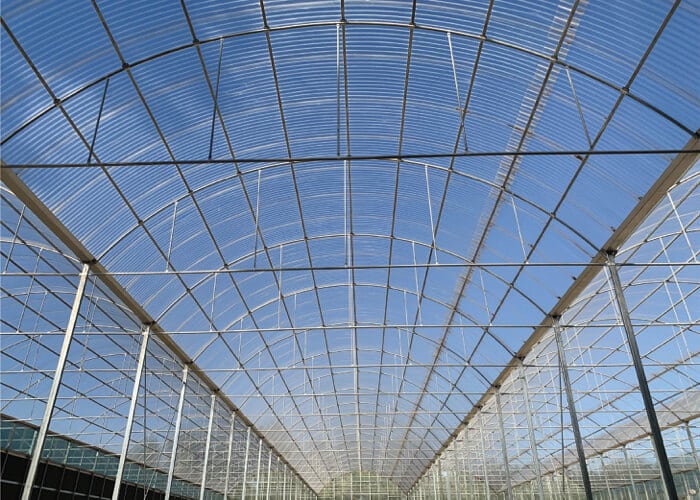
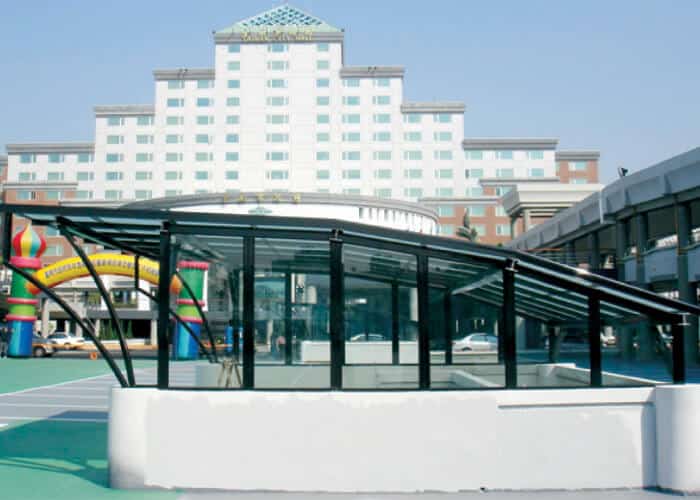
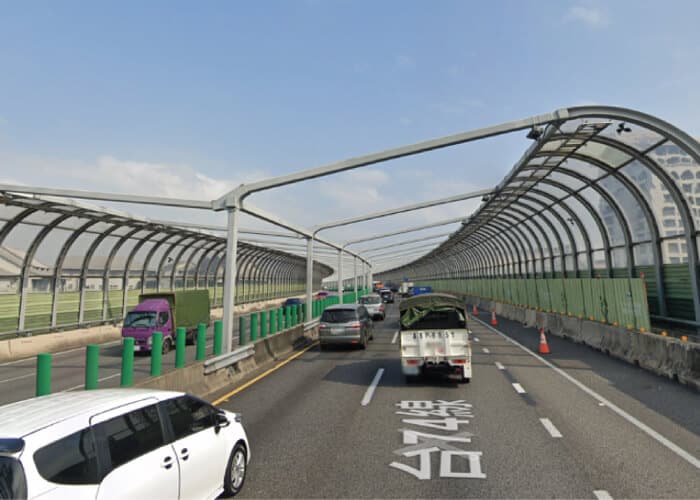
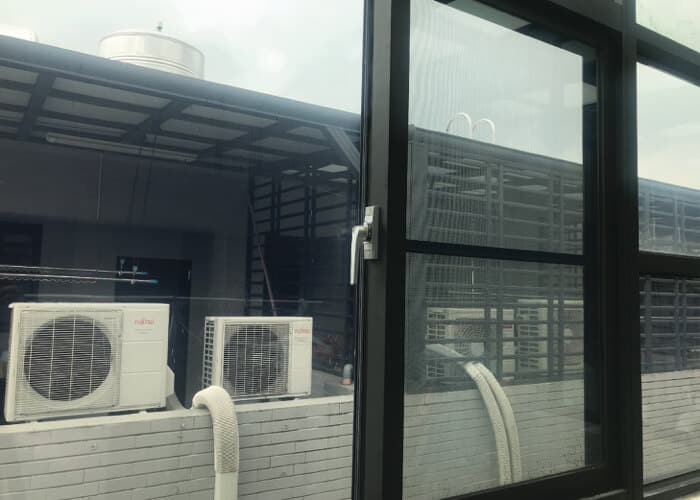
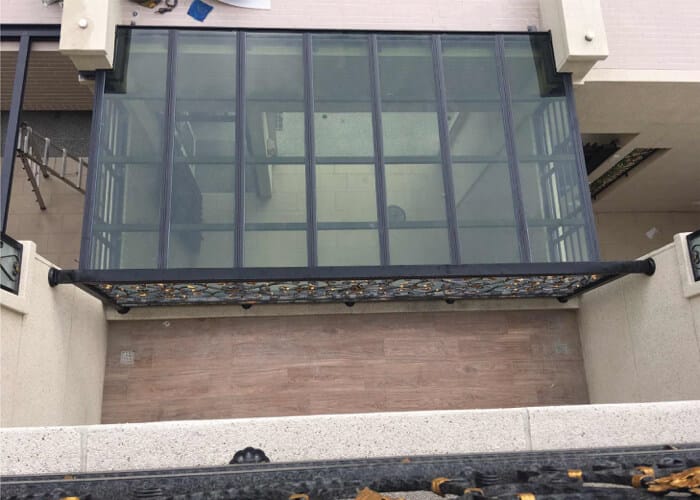
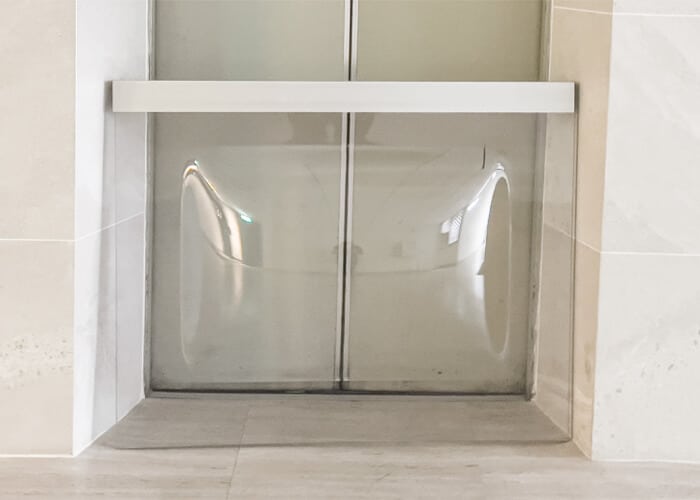
Recommend reading:
Materia prima de las hojas de policarbonato
Limpieza, manipulación y almacenamiento de láminas para techos de policarbonato

